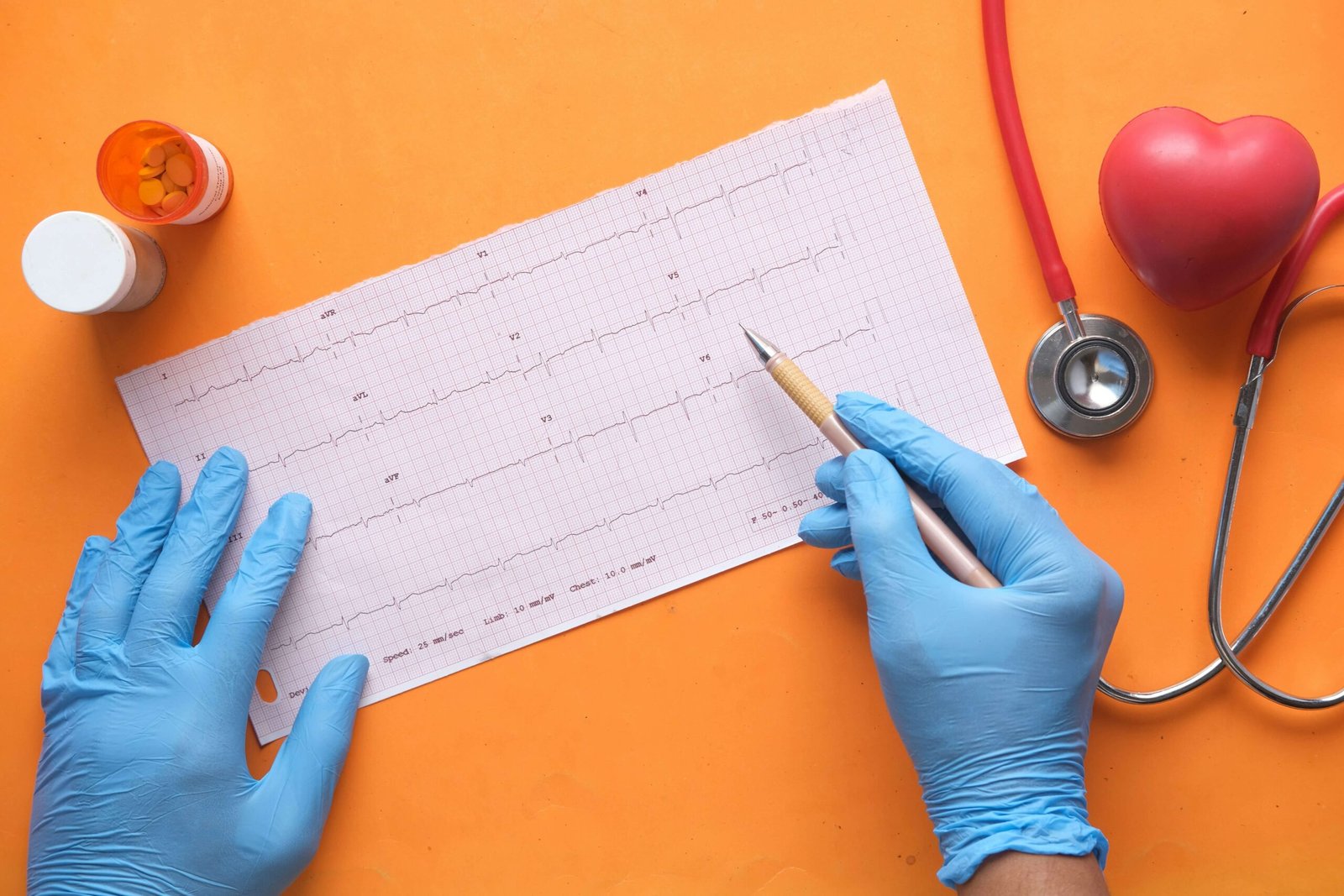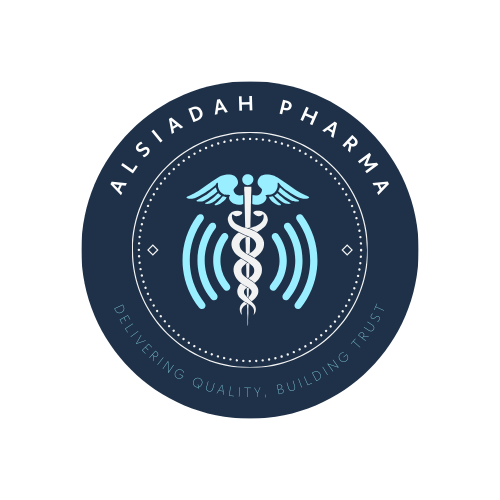Cardiovascular Diseases: Prevention and Modern Treatment Approaches

Cardiovascular diseases (CVDs) are the leading cause of death worldwide, accounting for nearly 18 million deaths each year, according to the World Health Organization (WHO). These diseases include conditions such as coronary artery disease, heart attacks, strokes, heart failure, and arrhythmias. The good news is that most cardiovascular diseases can be prevented through lifestyle modifications and managed with modern treatment approaches.
What Are Cardiovascular Diseases?
Cardiovascular diseases are a group of disorders that affect the heart and blood vessels. They are often linked to risk factors such as high blood pressure, high cholesterol, obesity, smoking, diabetes, and sedentary lifestyles.
Major Risk Factors
Unhealthy diet (high in saturated fats, sugar, and salt)
Physical inactivity
Tobacco use
Excessive alcohol consumption
Obesity and diabetes
Family history of heart disease
Prevention of Cardiovascular Diseases
1. Healthy Diet
Adopting a heart-healthy diet rich in fruits, vegetables, whole grains, lean proteins, and healthy fats can significantly lower the risk of CVDs. Reducing salt and sugar intake is equally important.
2. Regular Physical Activity
At least 150 minutes of moderate exercise per week (such as walking, cycling, or swimming) helps improve blood circulation, reduce cholesterol, and strengthen the heart.
3. Quitting Smoking
Smoking is one of the leading causes of cardiovascular problems. Quitting reduces the risk of heart disease almost immediately and improves overall health.
4. Weight and Stress Management
Maintaining a healthy weight and managing stress through meditation, yoga, or breathing exercises play an important role in prevention.
5. Regular Medical Check-Ups
Routine check-ups for blood pressure, blood sugar, and cholesterol help detect early risks and prevent complications.
Modern Treatment Approaches
1. Medications
Antihypertensives: to lower blood pressure.
Statins: to control cholesterol levels.
Antiplatelets and anticoagulants: to prevent blood clots.
Beta-blockers: to reduce heart strain.
2. Minimally Invasive Procedures
Angioplasty and stenting: to open blocked arteries.
Catheter-based treatments: for arrhythmias and valve disorders.
3. Advanced Surgical Options
Coronary artery bypass grafting (CABG): for severe blockages.
Valve replacement surgeries: to restore proper heart function.
4. Cutting-Edge Innovations
Cardiac rehabilitation programs combining exercise, education, and counseling.
Artificial intelligence (AI) in early detection and personalized treatment.
Wearable technology (smartwatches, ECG monitors) for real-time heart monitoring.
Conclusion
Cardiovascular diseases remain a global health challenge, but prevention is within reach for most people through healthy lifestyle changes. For those already diagnosed, modern treatment methods — from advanced medications to innovative surgical techniques — are saving lives and improving quality of life. Protecting heart health is a lifelong commitment, and by combining prevention with innovation, we can significantly reduce the global burden of cardiovascular diseases.




